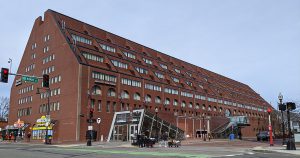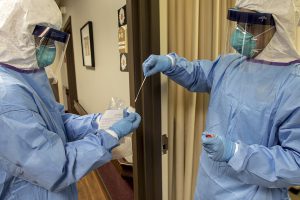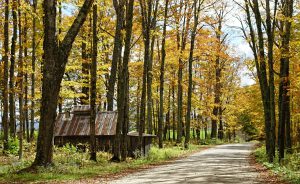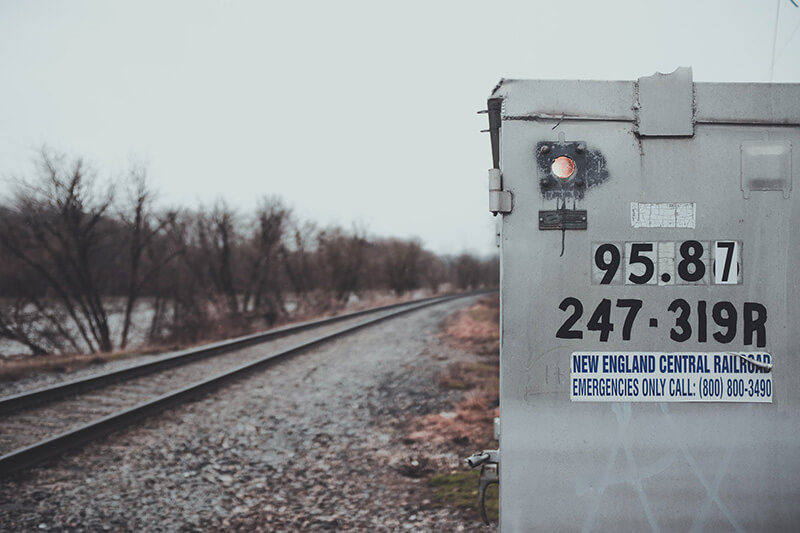As of today, more than 180,000 Americans have died due to COVID-19. An estimated 5.8 million in the United States have contracted it.
With its coronavirus response defined by the initial reduction of its threat, an early lack of resources for frontline medical workers, and an over-eagerness to ‘reopen’ economically, costing lives, the numbers clearly show a nation brought to its knees by the pandemic, like few others.
Until a mass-produced vaccine is made available, it is likely to stay there for some time. Not every state has been hit equally hard, however.
Due to their relative geographic isolation, and low population densities, Alaska, Wyoming, and Montana have coped better than most. Until a massive outbreak this month, Hawaii’s mandated two-week self-quarantines kept the islands well-protected.
I think it’s Vermontans cooperation, their compliance, and their prioritization of health that has gotten us to where we are.
No collection of states has dealt with the COVID-19 public health crisis better than New England, however.
Though the pandemic’s first wave hit Massachusetts, Connecticut and Rhode Island particularly hard between late March and late May, the six-state Northeastern region has been able to reduce coronavirus infection and mortality rates across the board, to a point where it is arguably the safest in America.
Zero in further and you’ll find that, in particular, Vermont, New Hampshire, and Maine lead the U.S. in virtually every metric one could hope to grade successful and effective COVID-19 containment by.
With rates of new cases remaining high across much of the South and Midwest, the achievements of the six states—especially its three northern ones—in combating COVID-19 are often overlooked amidst the continuing uncertainty in the rest of the U.S.
While acknowledging the natural advantage of lower population density, the lessons are definitely there from a sextet of states led by both Democrats, and Republicans.
“I think it’s Vermontans cooperation, their compliance and their prioritization of health that has gotten us to where we are,” Dr. Mark Levine, Vermont’s health commissioner, told WBUR recently.
The first surge
The first case of COVID-19 in New England was detected in Boston on February 1.
Maine was the last of the six states to officially record an infected resident, in mid-March, by which time, each governor had declared a statewide health emergency.
Coronavirus was long since loose by then, with Massachusetts scrambling to contain and track a late February outbreak that stemmed from a meeting of nearly 200 biotech executives in a downtown Boston hotel.

“A new study suggests that the meeting turned into a superspreading event, seeding infections that would affect tens of thousands of people across the United States and in countries as far as Singapore and Australia,” Carl Zimmer, of the New York Times, recently wrote.
By late April, Massachusetts, Rhode Island and Connecticut hospitals were dealing with the brutal first surge of the virus, with Connecticut having to deal with an influx of New Yorkers leaving their then-stricken city.
Massachusetts’ worst day came on Wednesday, April 29, when 252 people died, which was also the peak for its seven-day average of new cases, with 2474. Connecticut (204 deaths, on April 20) and Rhode Island suffered through the same time period.
Despite seeing far smaller numbers through March and April, Vermont, New Hampshire and Maine quickly ramped up their public health infrastructure for the pandemic with aged care facilities ‘locked down,’ and interstate travel was discouraged.
Though statewide mask mandates weren’t common in the wider region until mid-May (Connecticut was the first, on April 17, while, interestingly, New Hampshire has never introduced one), bipartisan messaging around their use was strong, helping create an early-adopting culture.
Travel restrictions have been a feature across New England, with all six requiring two-week quarantines from states worse-affected by COVID-19 (including close neighbors).
Rhode Island was added to Massachusetts’ travel advisory list in early August, as the state balancing reopening businesses with the community spread.
The importance of contact tracing
Most importantly, the three northern states quickly began to ramp up their contact testing infrastructure. By late March, Vermont already had an extensive tracing network set up.
We never stopped doing 100 percent contact tracing and even escalated it to a point where if we’re not able to get in contact with someone that is COVID positive or is a close contact of someone that’s COVID positive.
A recent nationwide survey report by NPR revealed that Vermont, New Hampshire, and Maine were the only ones in the U.S. with enough contact tracers to contain the outbreak (Rhode Island was only just shy of the suggested numbers).
“[O]ur contact tracing is really spot on,” Lori Shibinette, New Hampshire’s health commissioner, told WBUR.
“We never stopped doing 100 percent contact tracing and even escalated it to a point where if we’re not able to get in contact with someone that is COVID positive or is a close contact of someone that’s COVID positive.
“[W]e have a mobile team that we will send out to go to someone’s house or try to find them in whatever way possible and get them in quarantine.”
Other states followed suit. In early April, the Bay State launched the Massachusetts Community Tracing Collaborative (CTC), which was the first large-scale COVID-19 contact tracing program in America.
Using lessons learnt by the Ebola outbreak in Sierra Leone between 2014 and 2016, the CTC trained 1500 community tracers, who’d call all those who tested positive for COVID-19 and gain details about who they had been in contact with, before, in turn, calling them, and encouraging self-quarantine.
With up to 15 percent of cases requiring assistance to self-quarantine, the CTC has also worked to support those who are self-isolating with food and other required items. Outside New England, such an approach is uncommon.
“You cannot do control of infection without social support, solidarity, and protection for the vulnerable,” Dr. Joia Mukherjee, Partners in Health (PIH)’s lead medical officer, said in July.

“Those public health principles we’ve all learned together in places like Sierra Leone should be at the forefront today. That model [goes] from, as we say, Tonkolili [Sierra Leone] to Tewksbury [Massachusetts].”
In late July, Dr. Anthony Fauci, the director of the National Institute of Allergies and Infectious Diseases, praised Massachusetts’ approach to combating COVID-19.
Keeping the numbers down
With a regional population of around 14 million, the overall number of coronavirus cases and deaths in New England are still high by global standards.
Massachusetts has seen 8987 die of COVID-19, more than the death toll (7169) of Indonesia, which has a total population of more than 267 million (there have been 126,756 total cases of COVID-19 in the state).
More people have died in Connecticut (4463) than Vietnam and Thailand combined (4448), while COVID-19 has claimed only slightly less lives in Rhode Island, New Hampshire, Maine and Vermont lives (1664) than all those who have even contracted it in New Zealand (1714).
I think about the success that we have had, in bringing these numbers down here in Boston [and] Massachusetts, and think about our ability to prevent further death and suffering by the actions that we take this weekend, and moving forward.
Yet when you look at new cases over the last week, all but Massachusetts are amongst the lowest ten states in the U.S, with newly infected numbers (over seven days, per 100,000) similar to those of Germany, the United Kingdom, and Canada.
Since August 20, Vermont has only registered 44 people newly infected, out of an overall total of 1589. No state has had less.
Indeed: over the last week, 210 people have died of COVID-19 in Mississippi, alone. In the same seven days, 129 people have died from the virus in New England, with 111 of those coming from Massachusetts.
With re-opening of businesses, and the increased entry of visitors, necessary for economic survival, New England public health officials are looking to keep their impressive pandemic infrastructure in place, ahead of what is likely to be a difficult winter for the U.S.
“… Vermont was very deliberate in our reopening until we felt we had a sufficient level of suppression of the virus in our state,” Levine said.
“And then finally, we’ve kind of had tourism and travel open up, if you well, on our [own] terms, trying to make sure that we invite people but if there’s a need for them to quarantine, we’re very specific about that. And we’ve set very stringent levels.”

Regardless of their advantages at the starting blocks, it’s an approach that has shown to be working well for New England since the worst days of April and May.
Learning and adopting them further could help save lives as the U.S. heads into the year’s colder months.
“I think about the success that we have had,” Martin J. Walsh, Boston’s mayor, said in early July, when urging city residents against large gatherings, “in bringing these numbers down here in Boston [and] Massachusetts, and think about our ability to prevent further death and suffering by the actions that we take this weekend, and moving forward.”



